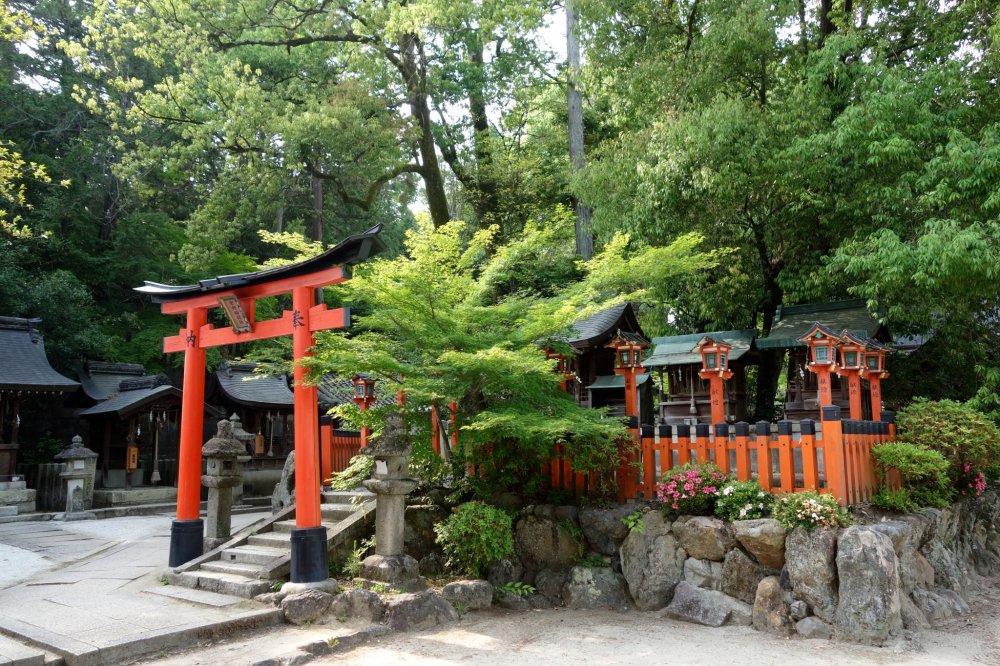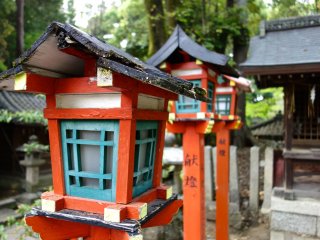Despite the heat foreshadowing the upcoming summer season, there was a sort of humid silence over Imamiya Shrine in Kyoto, when I paid a visit. Being one of the lesser known shrines, it was devoid of the crowds seen at the likes of Kinkakuji Temple (the Golden Pavilion) or Ginkakuji Temple (the Silver Pavilion).
Imamiya Shrine, however, is older than both pavilions. It’s name, Imamiya (今宮), ironically means “new shrine” in Japanese. It was first established in 994, during the Heian era and relocated in 1001 to its current location as a shrine to protect the people of Kyoto from an epidemic that had decimated scores of the region’s population at the time. Today the shrine attracts visitors who pray to the deity, Ōkuninushi, for longevity and good health in general. It hosts Imamiya Matsuri and Yasurai Matsuri, which is one of Kyoto’s three major festivals held on the second Sunday of April. The shrine is also occasionally used as a venue for traditional Japanese weddings.
Imamiya Shrine is most well known for the two age-old aburi-mochi stores, Ichiwa and Kazariya, outside its east gate and also for the deity’s stone it houses. Ahokashi-san is the stone of a deity who is said to grant your wish if you follow certain procedures that involve tapping and rubbing the stone. You can tell if your wish will come true by picking up the stone and seeing whether it has become lighter!




















































